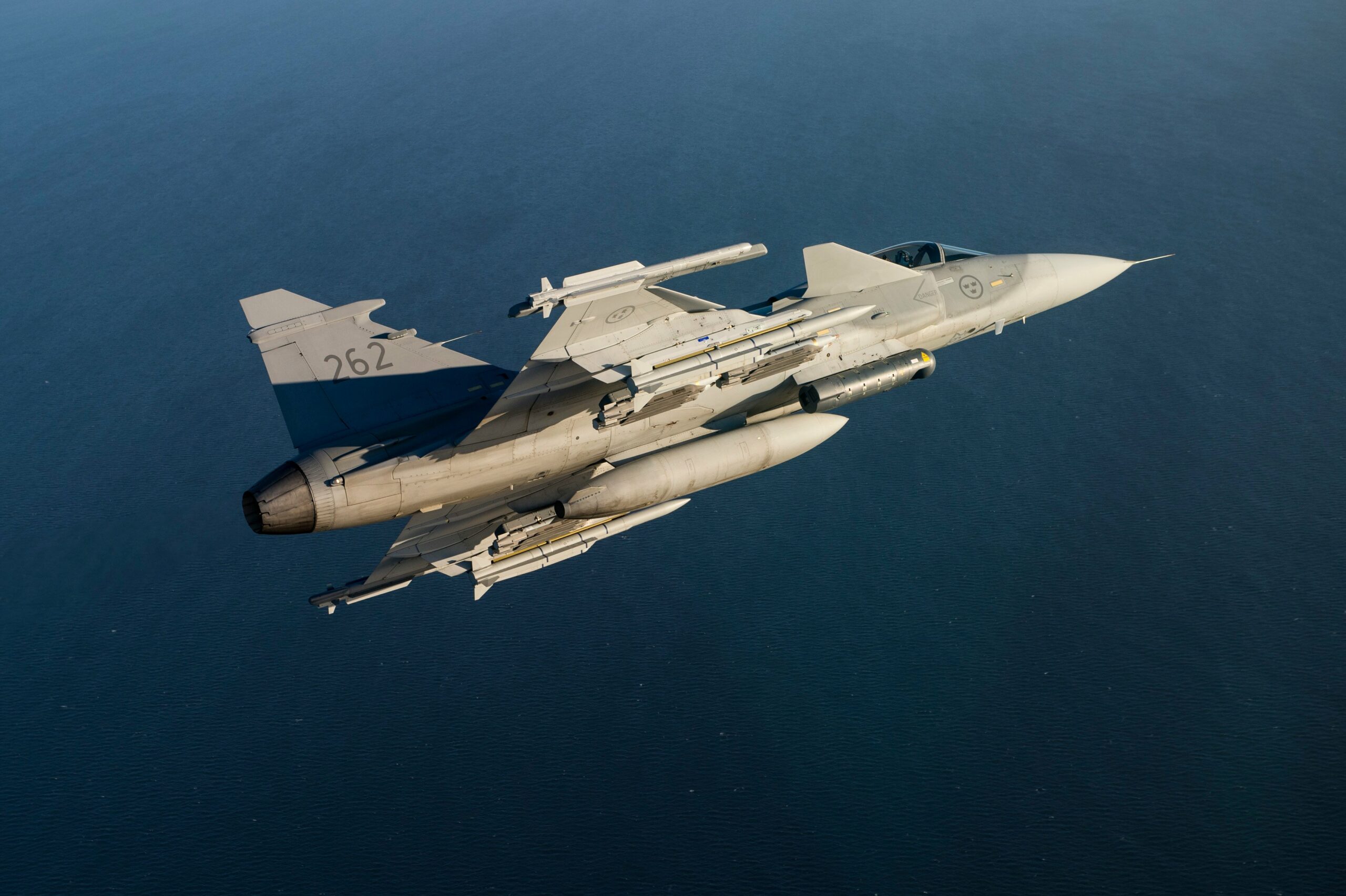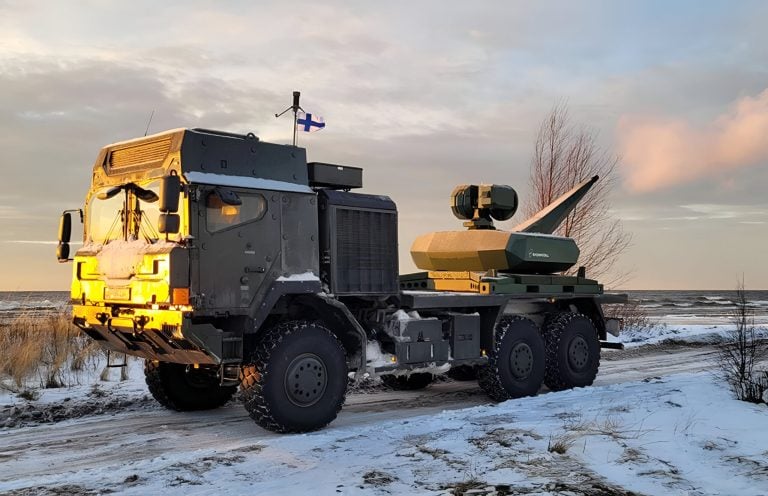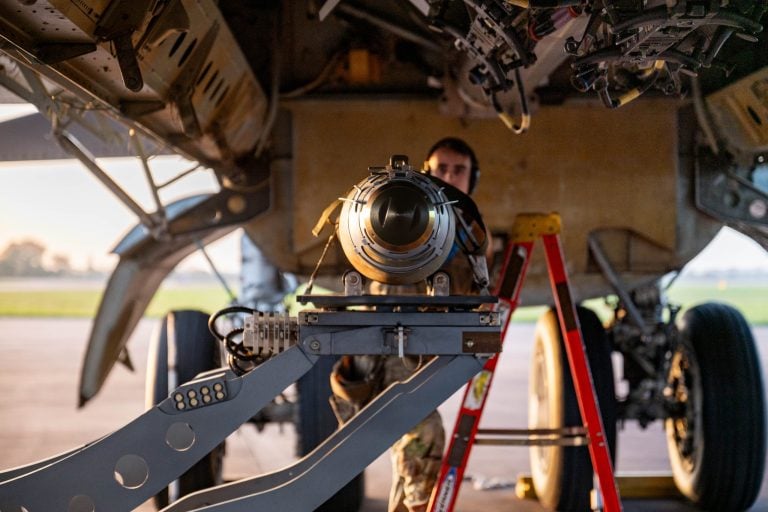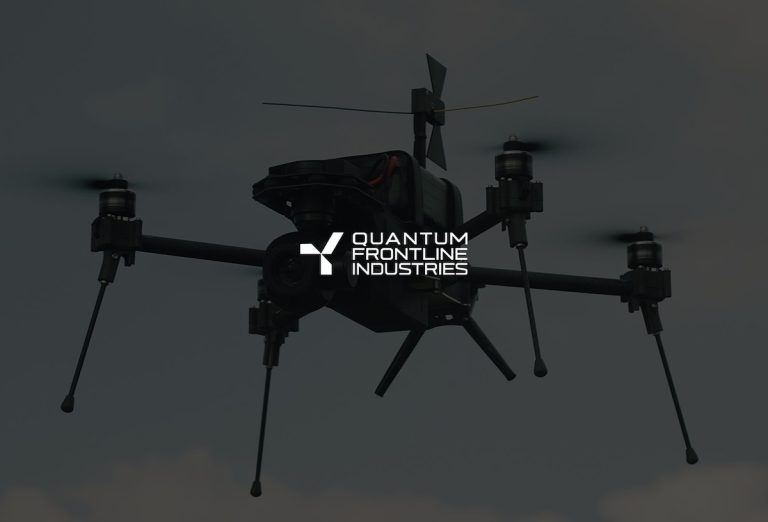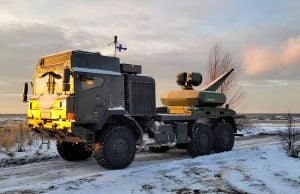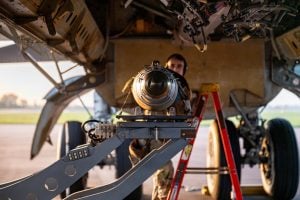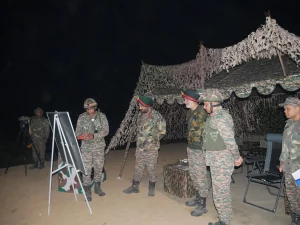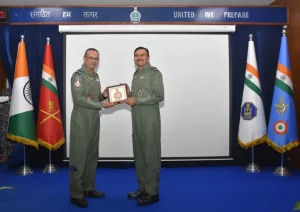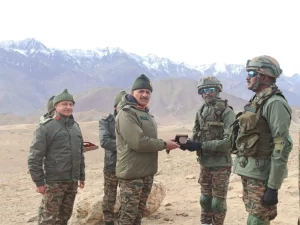Sweden has confirmed its participation in NATO’s upcoming Steadfast Noon nuclear deterrence exercise, deploying its JAS 39 Gripen fighter jets along with personnel from the Swedish Armed Forces. This annual training event, scheduled for October, aims to test and maintain the alliance’s nuclear deterrence capabilities, enhancing readiness amid global security concerns.
While the exercise does not involve the actual use of nuclear weapons, it incorporates aircraft that are certified to carry them, categorized as Dual-Capable Aircraft. Various military assets are deployed during Steadfast Noon, including bombers, fighter escorts, aerial refueling tankers, and specialized reconnaissance and electronic warfare aircraft. Approximately 2,000 military personnel will operate across multiple airbases throughout Europe, facilitating extensive interoperability among NATO forces.
Sweden’s engagement will primarily focus on offering conventional air support via its Gripen fighters, further solidifying cooperation with NATO allies and strengthening the collective deterrence posture. Swedish Prime Minister Ulf Kristersson emphasized the importance of nuclear deterrence within NATO’s strategy, stating, “Nuclear deterrence is part of NATO’s collective deterrence, which ultimately aims to guarantee the security of the allies. In an increasingly insecure world, NATO needs to have a credible nuclear capability to prevent attacks against the alliance.”
The JAS 39 Gripen, a multi-role combat aircraft manufactured by the Swedish defense company Saab, boasts impressive specifications. The aircraft measures 14.1 meters in length, stands 4.5 meters tall, and has a wingspan of 8.4 meters. With a maximum take-off weight of 14,000 kilograms, the Gripen can reach speeds of up to 2,469 kilometers per hour. It has an operational range of approximately 3,000 kilometers, enabling extended missions without the need for refueling.
Additionally, the Gripen is designed for rapid turnaround, capable of being refueled and re-armed in under 10 minutes for air-to-air missions and in less than 20 minutes for air-to-ground operations. This agility enhances Sweden’s contribution to NATO’s deterrence efforts amid evolving security dynamics in Europe.
